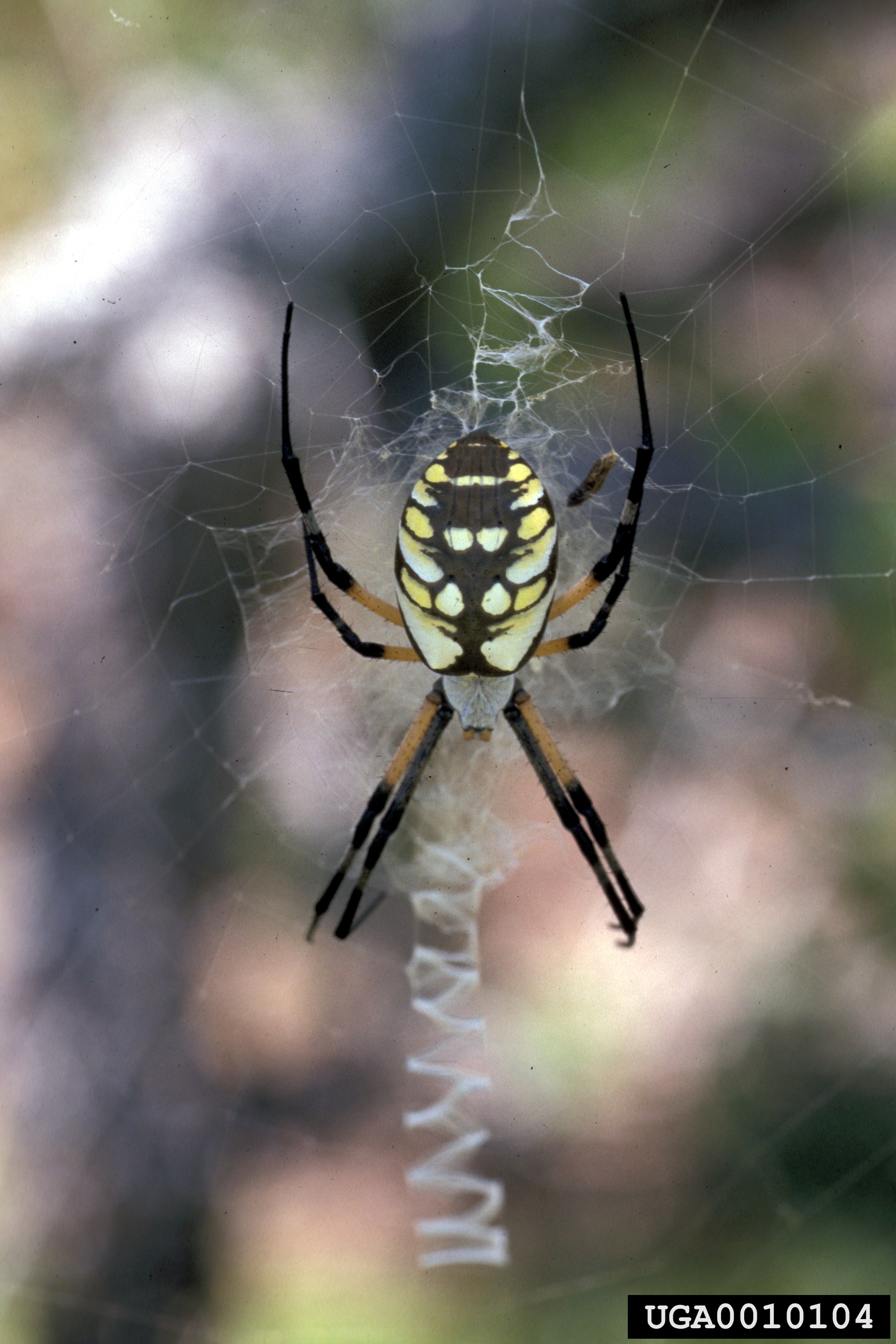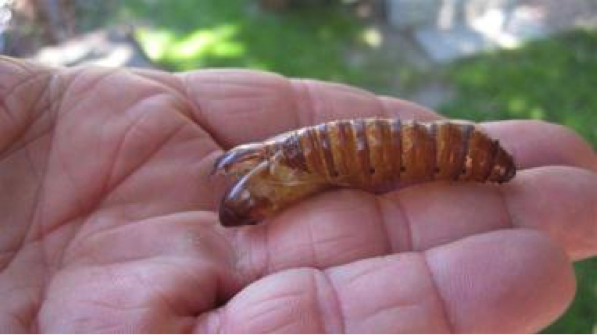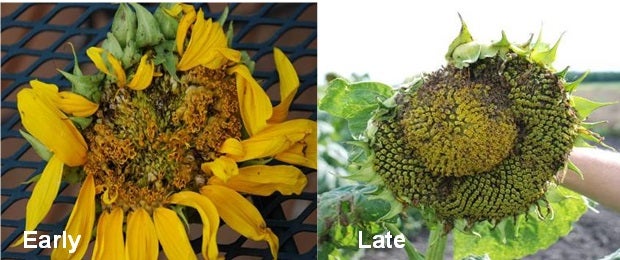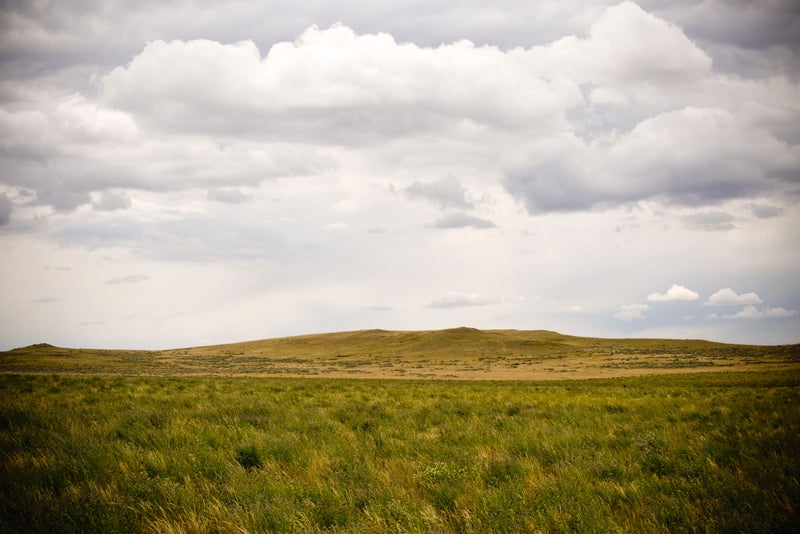Insect & Pests
All Insect & Pests Content

Black and Yellow Garden Spiders
As gardeners harvest the last of their produce, many are noticing the black and yellow garden spider (Argiope aurantia) living among the vegetation. This spider may also be observed in crops, or tall grass or weeds that provide protection for their webs. These spiders (at least the females) stand out because of their bright colors, large size, and distinctive large web. While they are often overlooked, the garden spider is common throughout the United States.

Common Ash Borers, Bark Beetles, and More
Green ash is still one of the most commonly planted trees in South Dakota, and considering the number of trees in windbreaks, along urban streets, and in yards already, it is a surprise anyone would think we need more. In addition to the numerous pest problems we already have with this tree, the looming threat of emerald ash borer should make us a little more cautious about wholesale recommending the use of this tree.

What’s Bugging Your Garden: Picnic Beetles
One of the most common garden insect questions I get asked is “what are those little black, spotted beetles that are in my sweet corn, tomatoes, raspberries and perhaps worst of all, in your beer! These little nuisances are called picnic or sap beetles. They are attracted to ripe or damaged fruit and vegetables.

What Are Those Small Brown Things Sticking Out of Sunflower Heads?
A few days ago, I received a couple of calls about small orange/tan colored sacs sticking out of sunflower heads and small black spots on heads. The brown structures are sunflower seed maggot pupae and the damage described is caused by its larvae.

An identification guide to common Rangeland Insect Pests of South Dakota
The insects listed in this guide can be pests of rangeland in South Dakota. The best approach for preventing these pests from reaching damaging populations involves routine scouting.